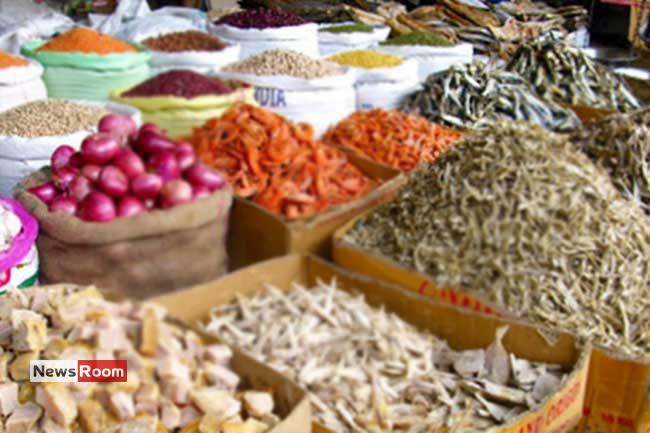Sri Lanka’s fiscal health showed signs of improvement in early 2025, with the budget deficit narrowing to Rs. 86.6 billion in the first two months of the year, down from Rs. 129.3 billion in the same period last year. This was supported by a rise in government revenue and a decline in domestic borrowing, signaling cautious optimism in the country’s economic recovery.
Net domestic financing dropped to Rs. 96.8 billion, a significant reduction from Rs. 144.8 billion in early 2024, while foreign debt repayments continued, albeit at a slower pace. The Treasury bill and bond markets remained stable, with strong investor interest auctions were oversubscribed by 2 to 3 times. Foreign holdings of government securities also saw a slight uptick, reflecting cautious confidence in Sri Lanka’s debt instruments.
Meanwhile, lending rates edged lower, with the Weekly Average Weighted Prime Lending Rate (AWPR) dipping to 8.36%, supporting hopes of easier credit conditions. The stock market also saw modest gains, with the All Share Price Index (ASPI) rising 0.7% by early May.
Deflation persisted but softened in April 2025, with prices declining by 2.0% year-on-year – a slight improvement from previous months.
Food prices rose by 1.3%, while non-food categories continued to see deflation (-3.6%). Core inflation, which excludes volatile items, remained low at 0.8%, suggesting weak underlying demand.
Global oil prices fell amid concerns over slowing growth, particularly due to US trade policies, with Brent crude dropping by over $4 per barrel. However, Sri Lanka’s import costs for crude oil in March 2025 were slightly higher than the previous year, posing a challenge for energy-dependent sectors.
Export earnings grew by 5.3% in the first quarter of 2025, driven by strong performances in textiles, spices, and tea. However, import expenditure surged by 11.1%, led by machinery, oils, and dairy products, widening the trade deficit to $1.54 billion.
The Sri Lankan rupee depreciated by 2.3% against the US dollar this year, though the Central Bank bolstered reserves with 160.8 million in net foreign exchange purchases in April.
Gross official reserves stood at 6.53 billion by end-March, including funds from the PBOC swap arrangement.
While fiscal consolidation and stable debt markets provide some relief, Sri Lanka’s economy faces headwinds from global uncertainties and domestic demand weakness. The easing deflation trend and lower interest rates may support recovery but managing the trade deficit and sustaining export growth remain key challenges. In a broader context, the Central Bank figures depict neither a recession nor a boom. These figures suggest instead an economy grappling with persistent challenges and lacking clear momentum in either direction,” a source told The Island on condition of anonymity.
Reported using data from Central Bank.
By Sanath Nanayakkare
